Okay, it's been two weeks, here's the solution. Our leaderboard is as follows:
sydhe 10 pts
El Tigre 10 pts
El Tigre being the only eligible contestant to have assayed the quiz and won any points, the next one is his.
1.
What do a foil, a bow, an east Caribbean archipelago, and an Austrian chocolate liqueur have in common?
I was a bit cheeky with this question.
The clues refer to a fencing sword, a violin bow, the islands of Guadeloupe, and Black Mozart, a dark chocolate liqueur. These all point to
Joseph Boulogne, le Chevalier de Saint-Georges.
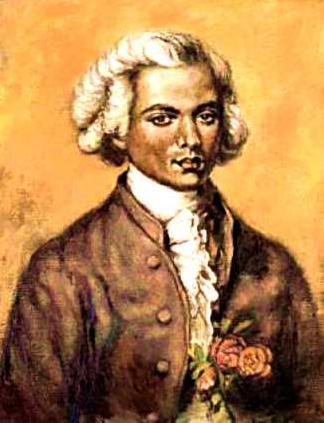
Saint-Georges was born in the French colony of Guadeloupe in 1745, the son of a wealthy French plantation-owner and one of his young African slaves. His family moved to Paris when he was 8, where he received the finest liberal education his father could provide him with. Being black, he was ineligible for nobility; however, his intensive training and remarkable aptitude in fencing brought him such prestige that he comfortably moved in aristocratic circles even as a youth, and was informally known as "le Chevalier". Not only did he win renown as France's pre-eminent fencer, but he excelled at the harpsichord and with the violin. Saint-Georges was also a gifted composer and conductor, and associated with Gossec, Haydn, and Mozart. Some today call him "le Mozart noir", but that hardly seems a fitting tribute, since Mozart was in fact known to crib some of le Chevalier's melodies for his own pieces! Saint-Georges also served with distinction as a Captain and then Colonel in France's Revolutionary Wars, before being stripped of his position and imprisoned by Robespierre, for his ties to the ancien regime. He died in Paris in 1799, alone and sick, like Mozart. However, unlike his more famous namesake, Saint-Georges was immediately celebrated and mourned by all of France, and the press and society of his day practically worshipped the man for his fantastic achievements.
2. The first two pictures are a map of the kingdom of Kongoland, in present-day Congo and Angola, and the Portuguese flag. These prompted some to guess the explorer Diego Cao as the answer, as he mapped the region for Portugal. However, as the third picture suggests, I was looking for
Manikongo Afonso I, king of Kongo (1456-1545, r. 1506-1545). Afonso was a devout and diligent Catholic, and did much to Christianise his kingdom; among various initiatives, he sheltered and welcomed missionaries, and moderated the slave trade. Eventually, however, greed for Kongo's supposedly fabulous mineral wealth drove Portugal to hostilities with the king, even an assassination attempt, and Afonso was none too impressed with the lazy and corrupt Portuguese missionaries, either. After his death, the country remained fairly Christian for a while, but Portugal eventually ended the fiction of diplomacy between equals in Europe and Africa by brutally expanding the slave trade, with no great king like Afonso to stand up to them.
3.
Who or what is a souper?
During the Great Famine in Ireland, unscrupulous English organisations saw an opportunity to bring Ireland more in line with British culture. They devoted funds and manpower to the provision of food aid to the Irish, but only doled out soup to those willing to speak English, change their names to an Anglicised form, and in some cases to convert to a Protestant church. "Souper" was the term of derision given by proud Celtic nationalists to those who abandoned their culture in order to eat.
4. The answer is
Arcadia, the largest prefecture and region of the Greek Peloponnesus. Again, I was a bit cheeky with the clues here:
The mythical Lycaon, a brutal and cannibalistic king in ancient Arcadia, was supposedly turned into a werewolf by Zeus, and gave rise to the evil race of lycanthropes. The second picture is of the Libyan flag; Libya and Arcadia both have a capital named Tripoli. The third picture is a scene from
Rosencrantz and Guildenstern Are Dead, the famous first play of Tom Stoppard, who later wrote a critically acclaimed work called
Arcadia. The next is of Nicolas Poussin, a French painter of the seventeenth century, one of whose works is
Les Bergers d'Arcadie; this painting features as an inscription on a tomb the legend "Et in Arcadia ego", or "In heaven also am I", referring to the ever-present nature of death and decay. This motto featured heavily in both Stoppard's play and Evelyn Waugh's
Brideshead Revisited, which was made into a television film starring Jeremy Irons as Captain Charles Ryder (picture #5). The sixth picture is a map of Nova Scotia and New Brunswick, which until the British conquest formed the French colony of Acadia, also called Arcadia.
I must say, I was hoping some intrepid sleuth would work that one out, but sadly no one did.
5.
The Great Exhibition of 1851, an opulent and enthusiastic celebration of England's imperial and commercial greatness, was housed in a great Crystal Palace which featured England's first public washrooms.
6. This, of course, refers to the controversial
World Chess Championship of 1978, a neurotic affair between reigning champion Anatoly Karpov, darling of the Soviet establishment, and Viktor Korchnoi, renegade and defector, who challenged for the title under a Swiss flag of convenience, and eventually a white "stateless" flag. Karpov won, six to five, with 21 draws.
7. "All seemed a world in flower, and I was the soul of this world." That is a line from Joan Maragall, the leading poet of the Catalan literary renaissance.
8. These objects-- scarabs, a statue, and a tiara-- were created by the
Hyksos, a people of mysterious origin who invaded and conquered Egypt in the seventeenth century before Christ.
9. The two myths I had in mind were those of
Orpheus and Eurydice, and of the Japanese creator gods
Izanagi and Izanami.
10. This plaque is laid in the floor, directly in the entranceway of
Christ Church Cathedral, Oxford.
11. The final image is of a bust, kept in Oxford's Ashmolean Museum, of
Sir Christopher Wren, the great architect who rebuilt much of London following the Great Fire of 1666. I placed a clue to his identity in the wording of the question itself: he tells us in his epitaph that his monument is St. Paul's Cathedral, his greatest work. His tomb in the crypt of St. Paul's is marked with a plaque that bears the motto, "Lector, si monumentum requiris, circumspice." Hence, the answer to the bonus is simply, "look around".
So, there it is. El Tigre's up, and I hope his quiz gets a far better turn-out.




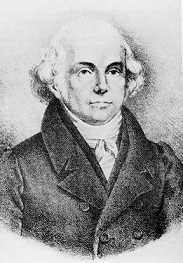
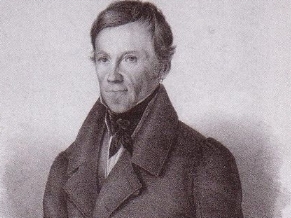
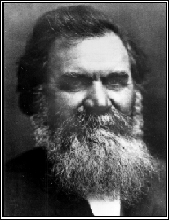
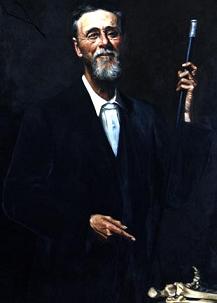
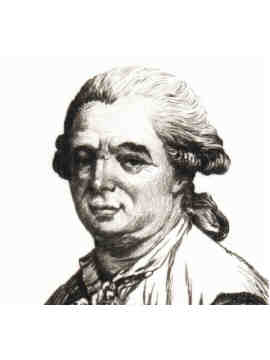
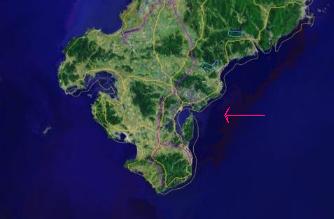
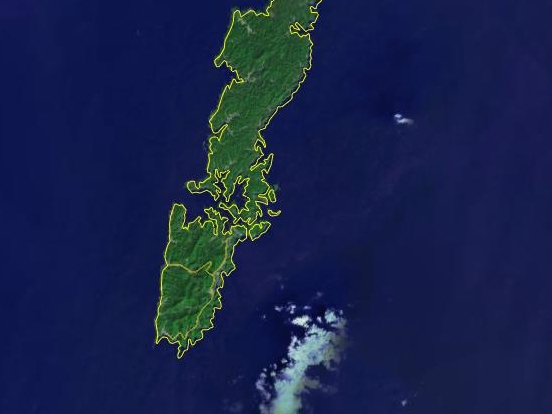
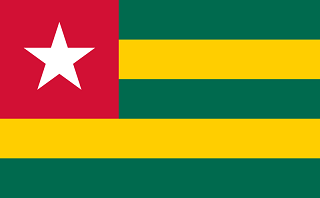
 . I'm somewhat puzzled by some, but I'm really curious towards finding out the solutions, so expect me to submit earlier or later
. I'm somewhat puzzled by some, but I'm really curious towards finding out the solutions, so expect me to submit earlier or later